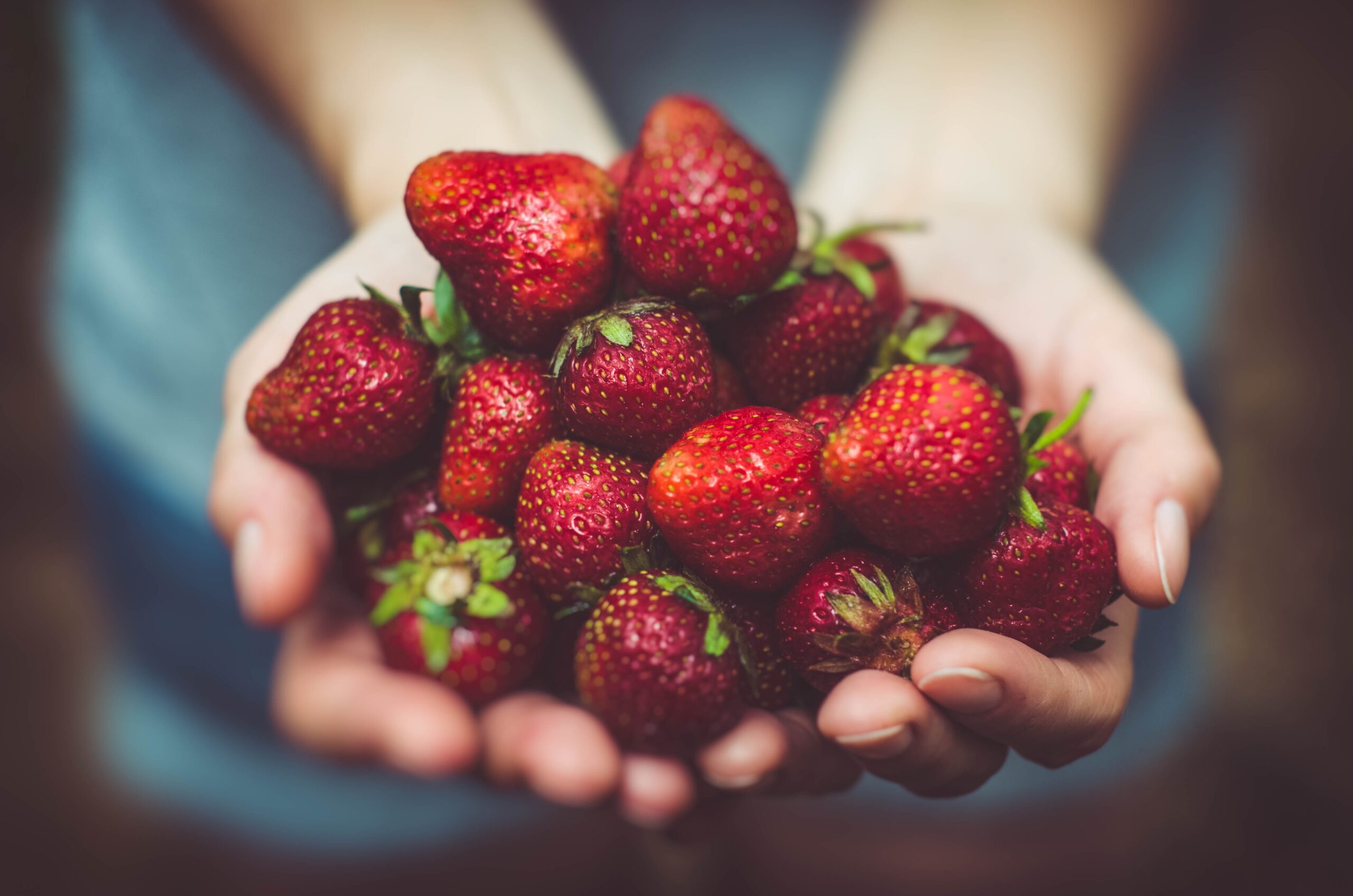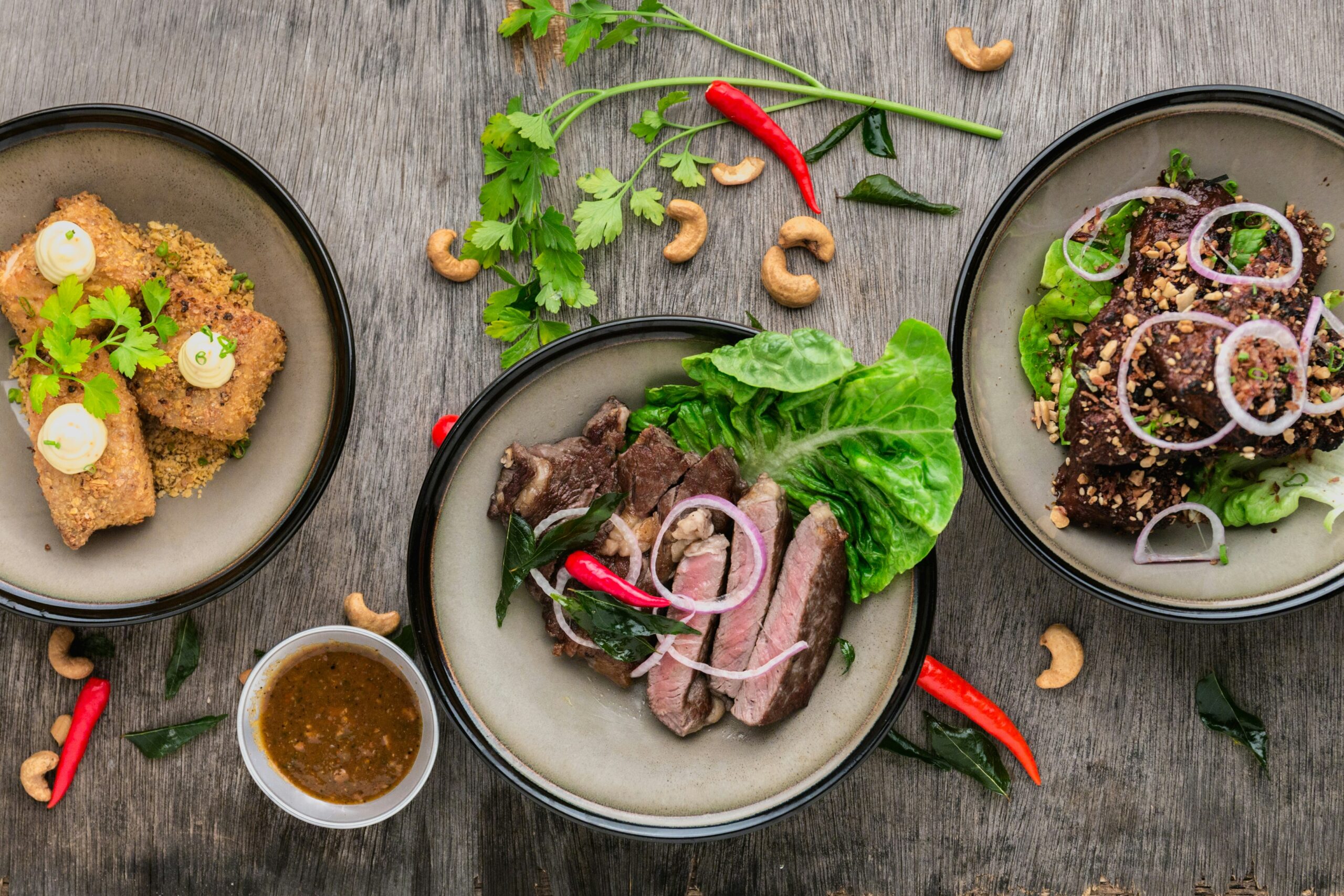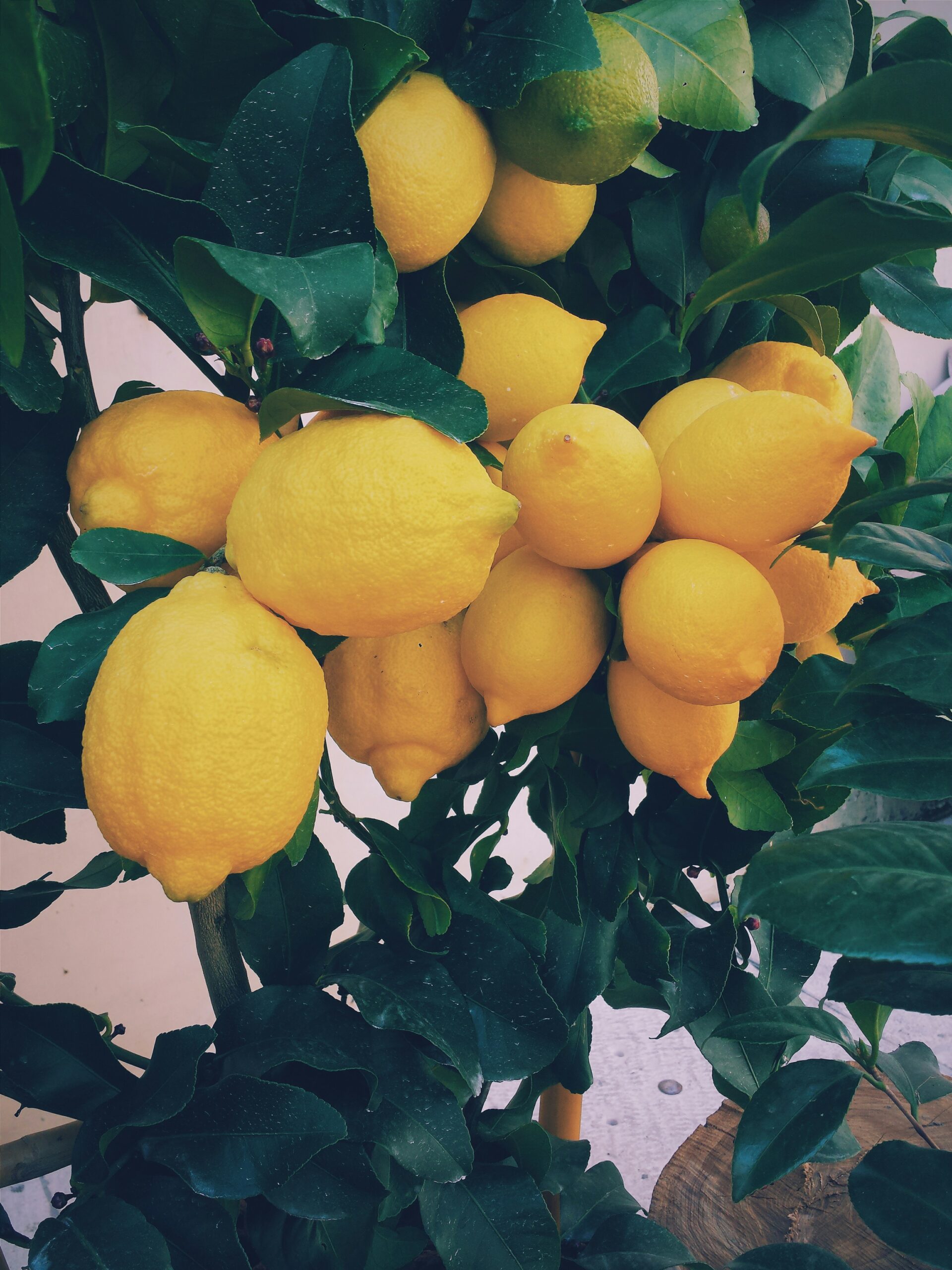When it comes to Southern cuisine, collard greens are often held in high regard. Known for their rich flavor and hearty texture, this leafy green vegetable has become a staple on many Southern dinner tables. But are collard greens truly a typical Southern side dish? In this article, we will explore the origins and popularity of collard greens in Southern cooking, and uncover the cultural significance behind this beloved dish. Get ready to discover the untold story of collard greens and their role in Southern culinary traditions. So, grab a seat and prepare to indulge in a mouthwatering journey through the world of collard greens!

Background of Collard Greens
Definition and Description of Collard Greens
Collard greens are a leafy green vegetable that is a member of the cabbage family. They are known for their large, dark green leaves and are often considered to be similar to kale or spinach. Collard greens have a slightly bitter taste and a chewy texture, making them a unique addition to various dishes.
Historical Roots of Collard Greens
Collard greens have a rich history that can be traced back to ancient times. They are believed to have originated in the eastern Mediterranean region and were later introduced to Europe and Africa. Enslaved Africans brought collard greens to the southern United States during the transatlantic slave trade, where they quickly became a staple of Southern cuisine.
Cultural Significance of Collard Greens
Collard greens hold great cultural significance, particularly within African American communities in the South. They are often featured in traditional soul food meals and are an integral part of celebrations such as Juneteenth and Kwanzaa. Collard greens symbolize resilience, strength, and cultural identity, representing the enduring connection to African roots.
Collard Greens as a Southern Dish
Popularization of Collard Greens in the South
Collard greens gained popularity in the South due to their abundance in the region’s fertile soil. They grew well in the warm climate and became an essential vegetable source for many Southern families. Over time, collard greens became deeply ingrained in Southern culture and cuisine, earning their place as a classic Southern dish.
Role of Collard Greens in Southern Cuisine
Collard greens play an important role in Southern cuisine, often being featured as a side dish alongside other Southern staples such as cornbread, fried chicken, and black-eyed peas. They are typically cooked low and slow, often with ingredients like smoked ham hocks or bacon to add flavor and richness. The resulting pot liquor, a flavorful broth created during cooking, is often enjoyed as well.
Events Featuring Collard Greens
Collard greens have become a popular dish at various events and festivals in the South. One such event is the Annual Collard Green Festival in South Carolina, where attendees can sample different varieties of collard greens and learn about their cultural significance. This festival serves as a celebration of Southern food, community, and heritage.
Preparation Methods for Collard Greens
Common Ingredients and Cooking Techniques
When preparing collard greens, common ingredients include collard greens themselves, onions, garlic, and various seasonings such as salt, pepper, and vinegar. Typical cooking techniques involve washing and removing the tough stems from the leaves, then simmering or braising them in a flavorful liquid until they become tender.
Southern Style Collard Greens Recipe
A traditional Southern-style collard greens recipe involves cooking the greens with smoked ham hocks or bacon for added flavor. To prepare this dish, start by washing the collard greens thoroughly and removing the stems. In a large pot, sauté onions and garlic in some oil until they become fragrant. Add the greens to the pot along with the smoked ham hocks or bacon, then pour in enough chicken or vegetable broth to cover the greens. Simmer the mixture on low heat for several hours, until the greens are tender and flavorful.
Modern Variations of Collard Greens Preparation
In recent years, there has been a surge of interest in healthier and plant-based diets, leading to the development of modern variations of collard greens preparation. Some people now enjoy collard greens raw, using the large leaves as a wrap for sandwiches or salads. Others experiment with different seasonings and cooking methods, such as stir-frying or adding them to soups and stews.
Serving Collard Greens
Typical Pairings for Collard Greens
Collard greens pair well with a wide range of Southern dishes. They are often served alongside cornbread, which complements the bitterness of the greens. Other popular pairings include fried chicken, mac and cheese, black-eyed peas, and sweet potatoes. The combination of these dishes creates a flavorful and comforting meal that is deeply rooted in Southern culinary traditions.
Presentation and Serving Suggestions
When presenting collard greens, it is common to serve them in a large bowl or platter to allow easy access for diners. The vibrant, dark green leaves make for an appealing presentation. Additionally, some people like to drizzle hot sauce or vinegar over their collard greens to add an extra kick of flavor. Serving the greens with a dollop of tangy coleslaw on the side can also provide a refreshing contrast.
Storing Leftovers
If you have leftovers of cooked collard greens, it is important to store them properly to maintain their freshness. Allow the greens to cool completely before transferring them to an airtight container and refrigerating them. They can typically be stored for up to four days in the refrigerator. To reheat, simply warm the collard greens in a saucepan over low heat, stirring occasionally until heated through.

Nutritional Profile of Collard Greens
Nutrients and Health Benefits
Collard greens are a nutritional powerhouse, packed with vitamins, minerals, and antioxidants that contribute to overall health and wellbeing. They are an excellent source of vitamin K, vitamin A, vitamin C, and folate. They also contain significant amounts of calcium, iron, and fiber. Regular consumption of collard greens can support bone health, boost the immune system, aid digestion, and provide a host of other health benefits.
Potential Health Concerns
While collard greens offer numerous health benefits, there are some potential concerns to keep in mind. Collard greens contain oxalates, which can contribute to the formation of kidney stones in susceptible individuals. Additionally, excessive consumption of collard greens can interfere with the absorption of certain nutrients, such as calcium and iron. It is important to consume collard greens as part of a balanced and varied diet.
Comparative Analysis with Other Leafy Greens
Collard greens are often compared to other leafy greens such as kale, spinach, and mustard greens. While they share some similarities in terms of taste and texture, collard greens have their own unique set of nutritional benefits. For example, collard greens contain more calcium and vitamin K than spinach, while kale is higher in vitamin C. Incorporating a variety of leafy greens into your diet can ensure a diverse range of nutrients.
Collard Greens and Southern Identity
Collard Greens as a Symbol of Southern Heritage
Collard greens hold a significant place in Southern identity and are often associated with the region’s rich heritage. They represent the history, culture, and resilience of the South, particularly within African American communities. The traditional preparation and enjoyment of collard greens serve as a connection to the past and a celebration of Southern culinary traditions.
Role in Southern Literature and Media
Collard greens have not only made their mark on Southern plates but also in Southern literature and media. They have been depicted as a symbol of home, family, and community in various works of literature, including the writings of Zora Neale Hurston and Alice Walker. Additionally, collard greens have been showcased in television shows and movies that explore Southern culture, offering glimpses into the Southern way of life.
Regional Variations within the South
While collard greens are commonly associated with Southern cuisine as a whole, it is important to note that there are regional variations within the South. Different states and communities have their own unique ways of preparing and enjoying collard greens. For example, in South Carolina, it is common to cook collard greens with vinegar or hot sauce, while in Georgia, they are often braised with smoked ham hocks. These regional variations add depth and diversity to Southern culinary traditions.

Influence of Collard Greens Beyond the South
Adoption and Adaptation of the Dish by other Cultures
Collard greens have transcended their Southern roots and have been adopted and adapted by various cultures around the world. In countries such as Brazil, Portugal, and West Africa, collard greens are popular and feature in traditional dishes. The versatility of collard greens allows them to be incorporated into different cuisines, showcasing their adaptability and appeal beyond the South.
Collard Greens in International Cuisines
Collard greens have found their way into international cuisines, taking on new flavors and preparations. In Brazil, collard greens are often cooked with garlic and served with feijoada, a traditional black bean stew. Portuguese cuisine includes a dish called caldo verde, which features collard greens in a soup with potatoes and sausage. These international adaptations serve as a testament to the global appeal of collard greens’ unique taste and texture.
The Spread of Southern Cuisine
The popularity of collard greens has contributed to the broader spread of Southern cuisine outside of the South. With the rise of food tourism and the increased interest in regional American cuisines, Southern dishes, including collard greens, have made their way onto menus across the country. This spread has not only exposed people to the flavors and traditions of the South but has also contributed to the celebration and preservation of Southern culinary heritage.
Contemporary Trends involving Collard Greens
Collard Greens in the Farm to Table Movement
Collard greens have become a staple in the farm-to-table movement, which emphasizes the use of locally sourced and sustainable ingredients. Many farmers and chefs recognize the value of collard greens in creating nutritious, flavorful, and environmentally friendly meals. As a result, collard greens are increasingly being grown and featured in farm-to-table restaurants and community-supported agriculture (CSA) programs.
Collard Greens in Vegan and Vegetarian Diets
Collard greens are celebrated in vegan and vegetarian diets for their versatility and nutritional benefits. They can be used as a substitute for tortillas or bread in wraps, as a base for hearty salads, or as a flavorful addition to plant-based soups and stews. Their meaty texture and ability to absorb flavors make them a popular choice for those seeking a plant-based alternative with an added nutritional boost.
New Recipes and Innovations
As collard greens continue to gain popularity, new recipes and culinary innovations involving collard greens are emerging. From collard green pesto to collard green smoothies, chefs and home cooks alike are finding creative ways to incorporate this leafy green into a variety of dishes. This innovation not only showcases the adaptability of collard greens but also keeps the culinary world excited and engaged with this classic Southern ingredient.
Debate on the Status of Collard Greens
Critics of Collard Greens as a Southern Staple
Some critics argue that collard greens, along with other traditional Southern foods, perpetuate stereotypes and can be unhealthy due to their high fat and sodium content. They claim that promoting such foods limits culinary diversity and disregards the importance of healthier eating habits. Additionally, critics argue that the focus on Southern staples like collard greens overshadows the rich culinary traditions of other regions within the South.
Defenders of the Traditional View
Defenders of collard greens as a Southern staple argue that these dishes are integral to Southern culture and heritage. They emphasize the historical and cultural significance of collard greens and view them as a means of preserving culinary traditions. Supporters also argue that when prepared in moderation and alongside other nutritious foods, collard greens can be part of a balanced and healthy diet.
Impact of This Debate on Southern Cuisine
The ongoing debate surrounding collard greens reflects the broader discussions on food culture, identity, and health. While it is essential to promote healthier eating habits, it is equally important to recognize and celebrate the cultural significance of traditional dishes like collard greens. By acknowledging both perspectives, it becomes possible to preserve culinary traditions while encouraging the exploration of healthier and diverse food options.
The Future of Collard Greens
Emerging Trends for Collard Greens
Looking ahead, collard greens are likely to continue gaining popularity and becoming more widely appreciated outside traditional Southern cuisine. They have the potential to become a staple in households around the world, thanks to their distinct flavor, versatility, and nutritional benefits.
Sustainability Considerations
As the demand for collard greens increases, it is essential to address sustainability concerns. This includes supporting local farmers who grow collard greens using sustainable farming practices and promoting the use of organic and locally sourced ingredients. Additionally, awareness about reducing food waste should be raised to ensure the responsible consumption and usage of collard greens.
Call to Action for Preserving Collard Greens Traditions
To ensure the preservation of collard greens traditions, it is vital to continue passing down recipes and cooking techniques from one generation to the next. This can be achieved through community cooking classes, family recipe exchanges, and the documentation of culinary traditions. By actively engaging in these efforts, we can ensure that collard greens remain a cherished part of our culinary heritage for generations to come.

